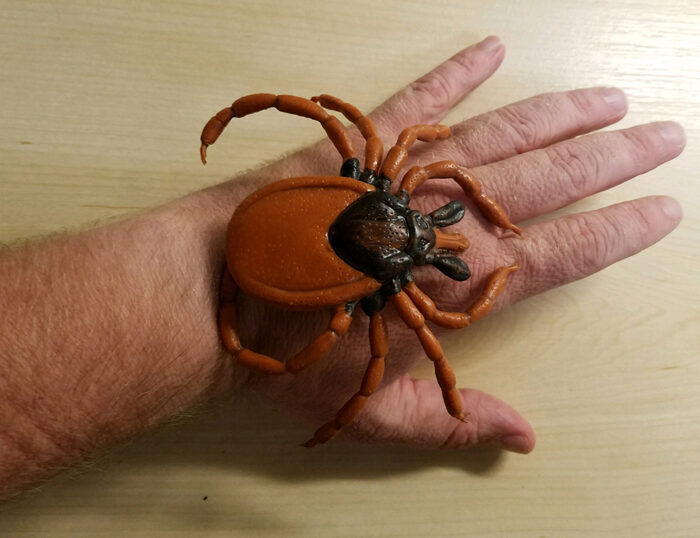For my next instalment of creepy critters for October, I decided to review the castor bean tick (also known in Europe as the sheep tick, Ixodes ricinus) by Germany-based 3B Scientific. I also chose this figure because it’s my forum avatar, and I have never presented it here.
River Monster Collection (Toy Fish Factory)
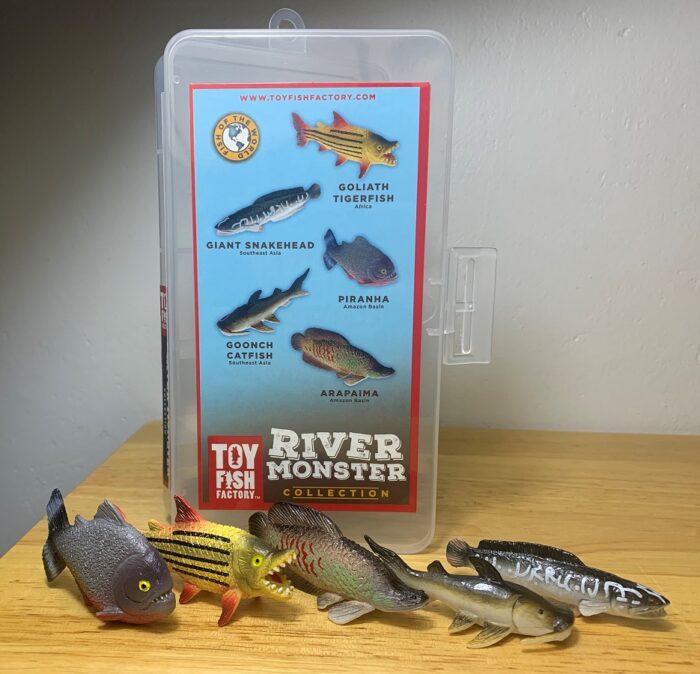
Thalassophobia is defined as the fear of deep and vast bodies of water, and the unseen creatures that lurk in them. Even if you don’t suffer from this phobia, I dare any person to look out upon the surface of any large body of water and not wonder about what strange and potentially dangerous creatures lurk unseen under its surface.
Scorpion (Wild Animals by Papo)

Review and images by Lanthanotus; edited by bmathison1972
Today I want to introduce you to a creepy crawly that is probably even more abhorred or feared than its close relatives, the spiders. Where I live this is mainly an abstract fear, as there are no scorpions here as of yet (let’s see what climate change brings us within the next 20 years).
Przewalski’s Horse (Horse Country by CollectA)
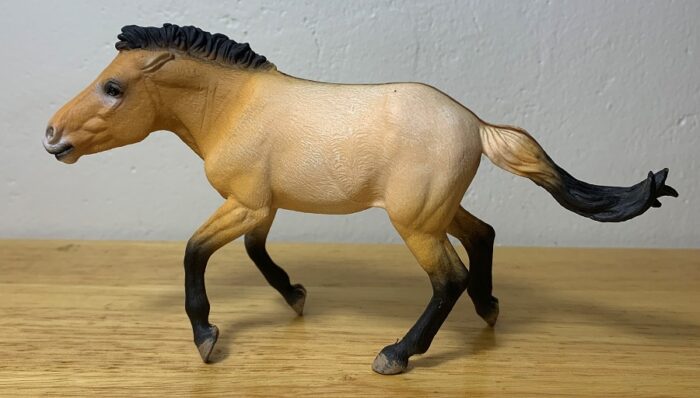
Since its release in 2013 I’ve been eyeballing the CollectA Przewalski’s horse (pronounced shuh-VAL-skee and also known as the takhi) for my collection, even though I didn’t really collect extant animals at the time. What I was collecting were dinosaurs and other prehistoric animals, and recently extinct animals too. So why the interest in this horse?
Common Otter (Wildlife by CollectA)
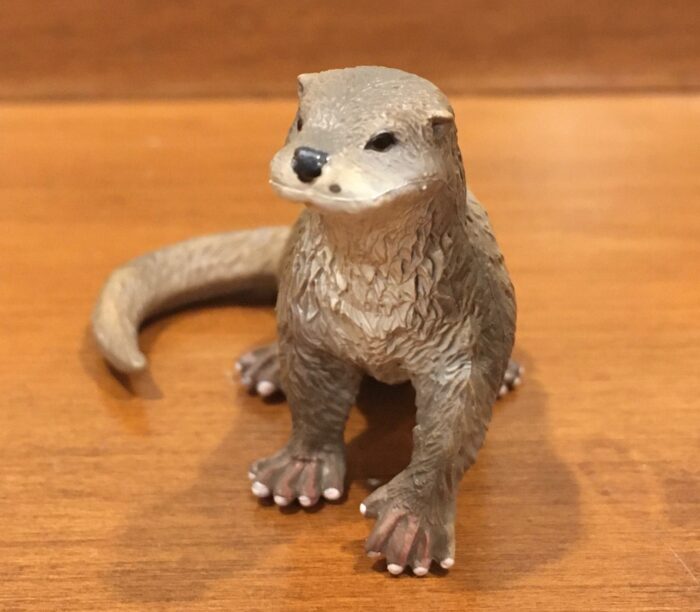
Review and images by Suspsy; edited by bmathison1972
Otters belong to the mustelid family, which also includes weasels and their kin, badgers, skunks, and wolverines. There are currently 13 extant species of otter that all range from semiaquatic to marine in their lifestyles. The Eurasian or common otter (Lutra lutra) is probably the most familiar member of the lot, with a range throughout Europe, much of Asia, and parts of Africa and the Middle East.
Falcated Duck (Water and Lake Birds by Maia & Borges)
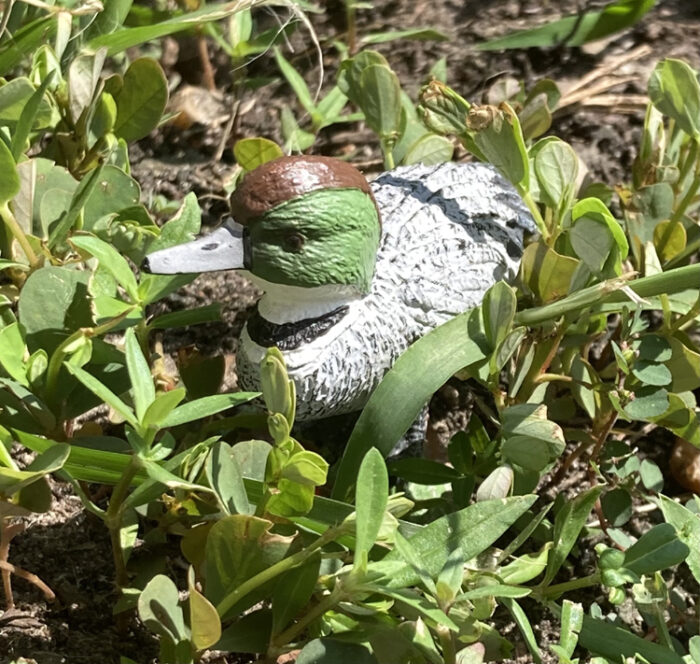
Review and images by Birdsage; edited by bmathison1972
The Falcated Duck (Mareca falcata or Anas falcata) is a species of dabbling duck found in the wetlands in East Asia. It eats primarily water plants and aquatic invertebrates. It breeds in Russia and Mongolia and winters in East and Southeast Asia.
Bornean Ground-Cuckoo (Wildlife Conservation Society Series by Yowie Group)
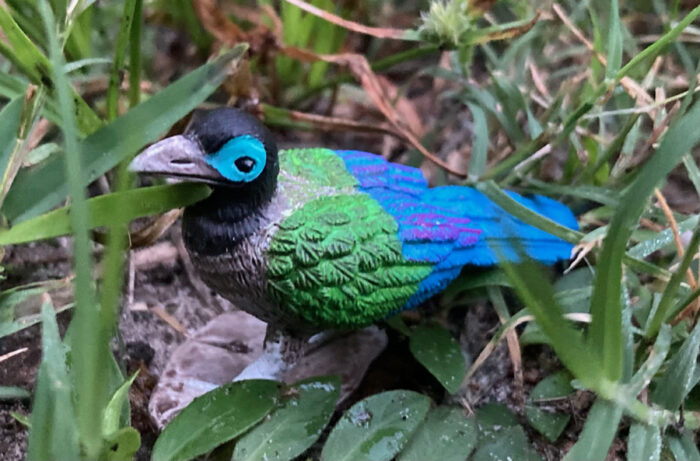
Review and images by Birdsage; edited by bmathison1972
The Sumatran ground-cuckoo (Carpococcyx viridis) and the Bornean Ground-Cuckoo (C. radiceus) are two closely-related species of terrestrial cuckoos that are endemic to Sumatra and Borneo, respectively. Both species are poorly known and rarely seen.
Japanese Black Ant (The Arinko, Volumes 1 & 2 by J. Dream Co. Ltd.)
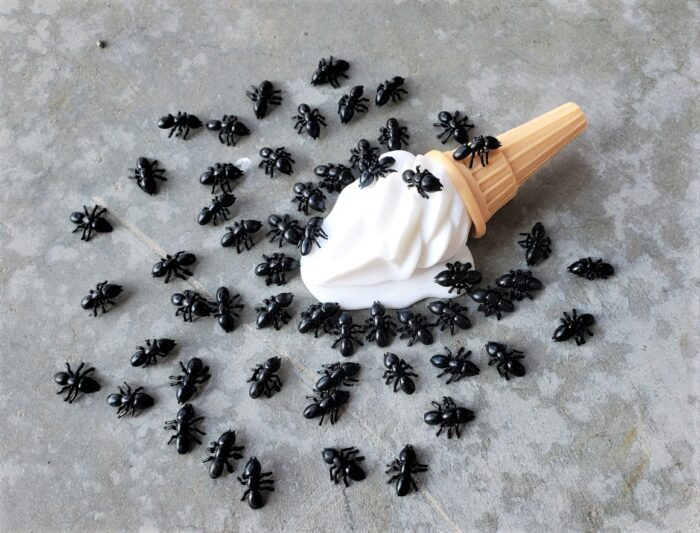
Ladies and gentlemen, uh, we’ve just lost the picture, but what we’ve seen speaks for itself. The Animal Toy Blog has apparently been taken over, ‘conquered’ if you will, by a master race of giant space ants. It’s difficult to tell from this vantage point whether they will consume the blog reviewers or merely enslave us.
Dromedary, pair (Noah’s Pals by Caboodle! Toys LLC)
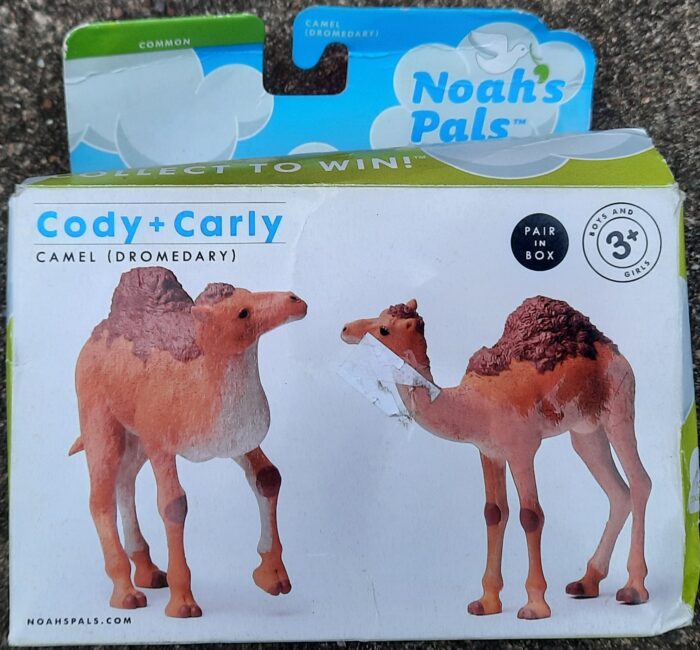
Well, here we are. We have reached the end of Summer, and of the “Savanah Summer” series of reviews. Still, while it is still here, we can enjoy the summer sun with one last review. Heading to the north of Africa, we see masters of life in the sand and heat, the dromedary camel (Camelus dromedarius).
Gooty Sapphire Ornamental Tarantula (Animals with Superpowers by Yowie Group)
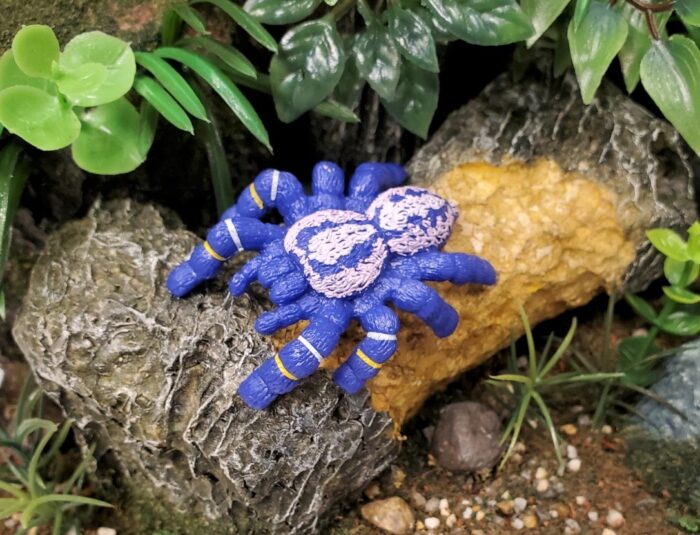
Poecilotheria metallica is a beautiful theraphosid spider from the forests of Andhra Pradesh in India. It goes by several common names, including the Gooty sapphire ornamental tarantula, blue ornamental tarantula, and peacock tarantula, among others. It is an arboreal species, and like many tropical tarantulas, has a very limited geographic distribution, making it prone to population decline.
Japanese Rhinoceros Beetle, life cycle (Bandai Spirits & F-toys)
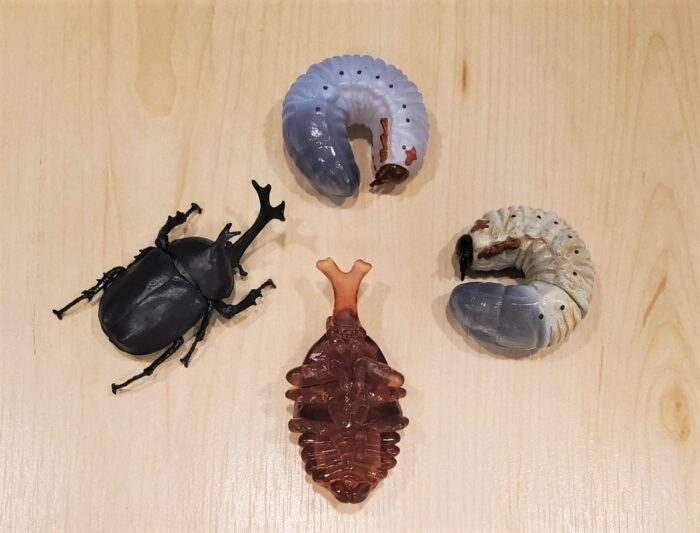
In just under two years ago, on August 21, 2019, I posted the first review here on the Animal Toy Blog. Now, I have the pleasure of posting review #500! Wow, 500 reviews just under two years! Many thanks to all the reviewers who have made this possible!
Allomyrina dichotoma is known as the Japanese rhinoceros beetle in English and kabutomushi in Japanese.
Chinhai Spiny Newt (Animals with Superpowers by Yowie Group)
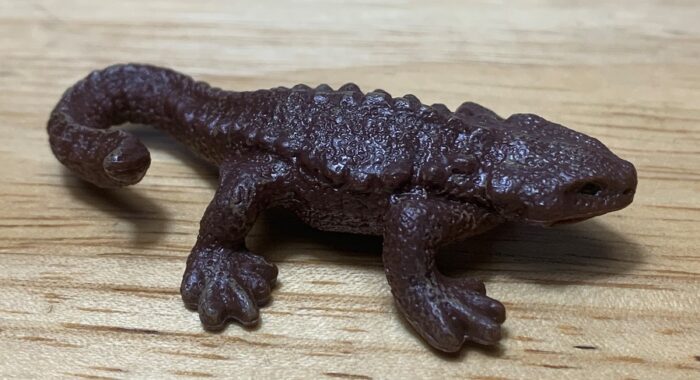
As of this writing, amphibians are the most neglected vertebrate group on the ATB, with roughly a dozen reviews representing them. There’s little that can be done about this however, as aside from a few popular species the group as a whole is rarely reproduced in plastic. Frogs are obviously the most popular amphibians and dominate the toy amphibian market, although most are generic and not assigned to any particular species.

